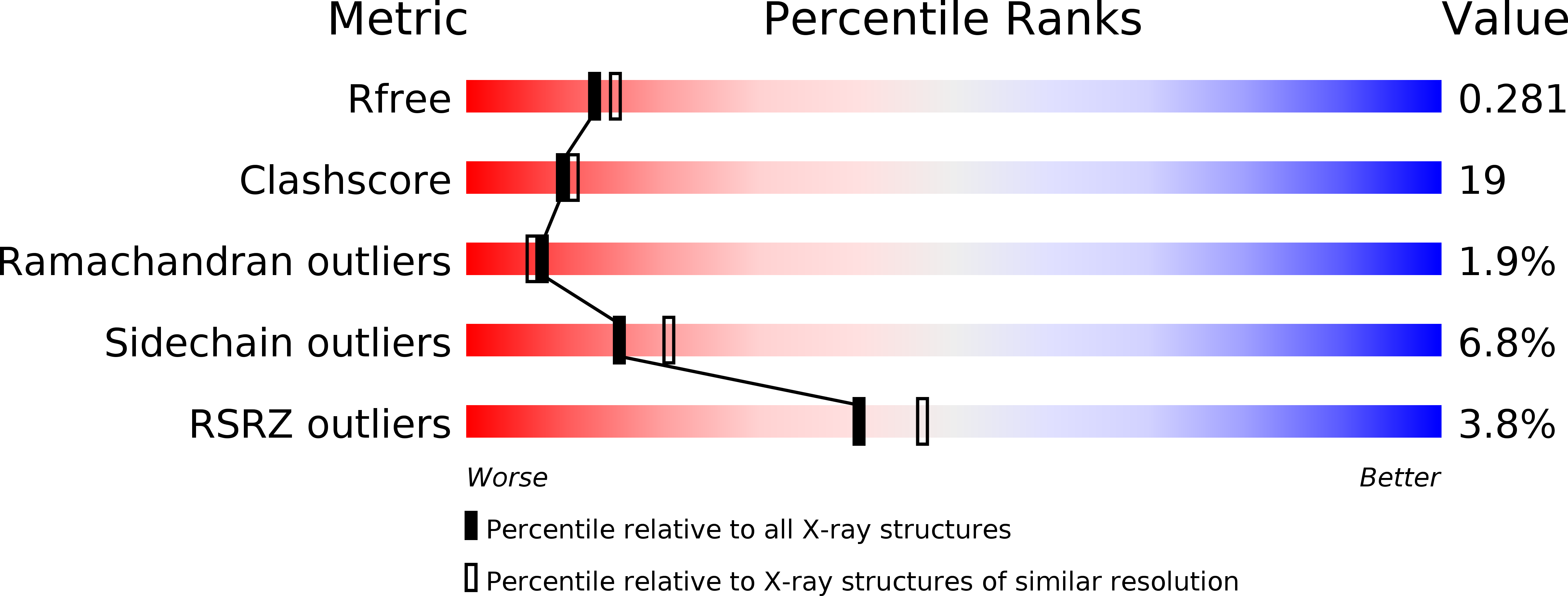
Deposition Date
2003-05-14
Release Date
2004-02-10
Last Version Date
2024-10-30
Entry Detail
PDB ID:
1PAQ
Keywords:
Title:
CRYSTAL STRUCTURE OF THE CATALYTIC FRAGMENT OF EUKARYOTIC INITIATION FACTOR 2B EPSILON
Biological Source:
Source Organism:
Saccharomyces cerevisiae (Taxon ID: 4932)
Host Organism:
Method Details:
Experimental Method:
Resolution:
2.30 Å
R-Value Free:
0.27
R-Value Work:
0.24
R-Value Observed:
0.24
Space Group:
I 4 2 2


